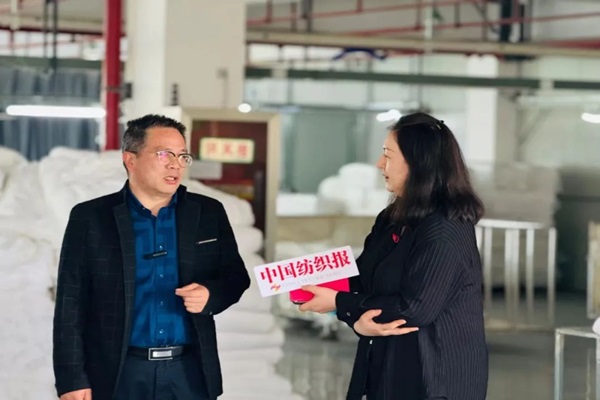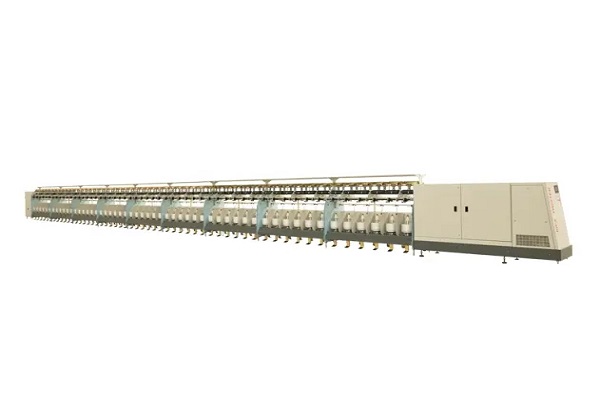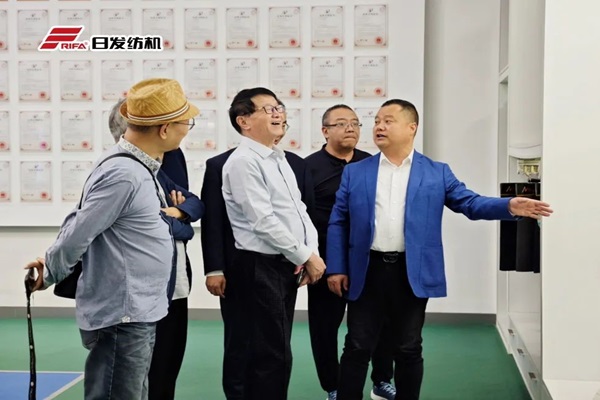The working principle of water-jet weaving primarily involves using a jet of water to propel and interlace the weft threads, thereby completing the weaving process. Specifically, its working principle includes the following steps:
Pre-treatment: The raw materials (such as cotton yarn, synthetic fibers, etc.) are soaked, pasted, and dyed to enhance their weavability before being fed into the loom.
Spiral Feeding: The feed end of the loom is equipped with a spiral device that feeds the treated raw materials into the loom.
Water-Jetting Mechanism: The loom is equipped with a water-jetting mechanism, which is the core part of the water-jet loom. Under the action of a pressurizer, a pump pressurizes a liquid (usually water) and ejects it through a nozzle to form a high-speed water jet. These jets have enough pulling force to drive the weft threads through the shuttle, achieving weft thread traction.
Weaving Mechanism: The loom also has multiple weaving mechanisms, including a loom shuttle, shuttle track, rapier, and stop ring. When the water-jetting mechanism jets water, the shuttle reciprocates on the shuttle track. Through the coordinated action of the rapier and stop ring, the weft threads are interlaced with the warp threads, completing the weaving process.
Post-treatment: The fabrics woven by the loom need to undergo post-treatment, such as washing, drying, and ironing, to remove excess water and impurities, resulting in a suitable appearance and feel of the fabric.
The operation mode of a water-jet loom is mainly based on the working principle of its water-jetting mechanism, specifically manifested in the following aspects:
Water Jetting: Driven by mechanisms such as cams, the water pump pressurizes and ejects water to form water jets. These jets are characterized by high speed and high pressure, capable of generating sufficient pulling force.
Weft Insertion: Under the action of the water-jetting mechanism, the water jets propel the weft threads from one side of the fabric to the other, achieving weft thread passage through the shuttle. In this process, the presser releases and closes at appropriate times to ensure the smooth insertion and fixation of the weft threads.
Interlacing: After passing through the shuttle, the weft threads interlace with the warp threads under the action of the weaving mechanism, forming the fabric. In this process, the coordinated action of the rapier and stop ring components is crucial.
Continuous Operation: The water-jet loom usually operates continuously, meaning that under the continuous drive of the water pump and weaving mechanism, the weft threads are continuously inserted and interlaced with the warp threads to form continuous fabric.


